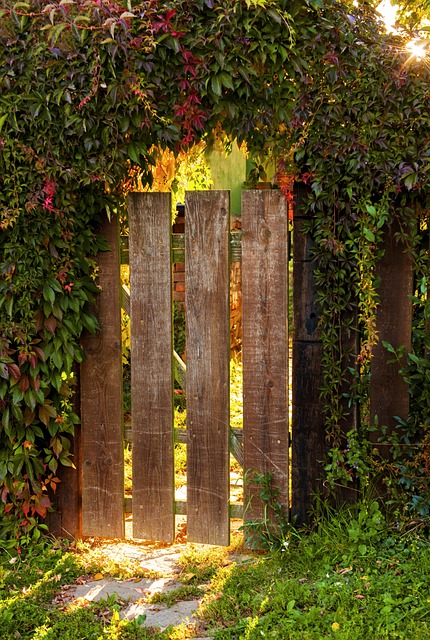In the quiet suburbs of New Bedford, MA, a privacy fence can transform outdoor spaces into sanctuaries of tranquility and security. This comprehensive guide delves into the world of privacy fences, exploring their benefits—from enhancing privacy to increasing property value—and diverse types tailored to individual preferences. From preparing your New Bedford yard for installation to understanding the step-by-step process and crucial post-installation care, this article equips homeowners with the knowledge needed to make informed decisions and enjoy a new layer of peace and protection.
- Understanding Privacy Fences: Benefits and Types
- Preparing for Installation in New Bedford, MA
- The Installation Process: Step-by-Step Guide
- Post-Installation Maintenance Tips and Considerations
Understanding Privacy Fences: Benefits and Types
Privacy fences serve as more than just barriers; they are an investment in your home’s security, peace of mind, and property value. They offer a sense of seclusion from neighbors, road noise, and unwanted gazes, creating a safe and relaxing outdoor space. From traditional wooden designs to modern vinyl options, various fence types cater to different preferences, budgets, and levels of maintenance.
Each style offers unique advantages. Wooden fences exude warmth and charm, while vinyl fences are low-maintenance and durable. Chain link fences provide security without blocking all visual access, while iron or metal fences offer a robust, long-lasting solution for those seeking maximum privacy and protection. Choosing the right type depends on your specific needs, aesthetic preferences, and budget constraints.
Preparing for Installation in New Bedford, MA
The Installation Process: Step-by-Step Guide
The installation process for a privacy fence in New Bedford, MA, involves several careful steps to ensure a secure and aesthetically pleasing result. It begins with a thorough site assessment, measuring the area and determining the fence’s design and materials based on client preferences and local regulations. Next, the crew prepares the ground, marking out the fence line and clearing any obstacles. They then install the posts, ensuring they are securely anchored in the earth for stability.
Once the posts are in place, the panels or pickets are attached, creating the desired height and style of privacy. This step requires precise measuring and cutting to fit each unique property. Finally, the fence is sealed with protective coatings to withstand the elements, enhancing its longevity and beauty.
Post-Installation Maintenance Tips and Considerations
After your privacy fence is installed, proper maintenance will ensure its longevity and aesthetic appeal. Regular cleaning is essential; brush or vacuum the fence to remove any debris, leaves, or dirt buildup, especially after storms or heavy rainfall. Avoid using high-pressure washers as they can damage the fencing material over time.
Inspecting for damage is another crucial step. Check for any loose panels, boards, or posts and make repairs promptly. Keep an eye out for signs of rot or pest infestation, particularly in wooden fences, and treat accordingly. Applying a fresh coat of paint or sealant annually will protect the fence from the elements and maintain its color and finish.
